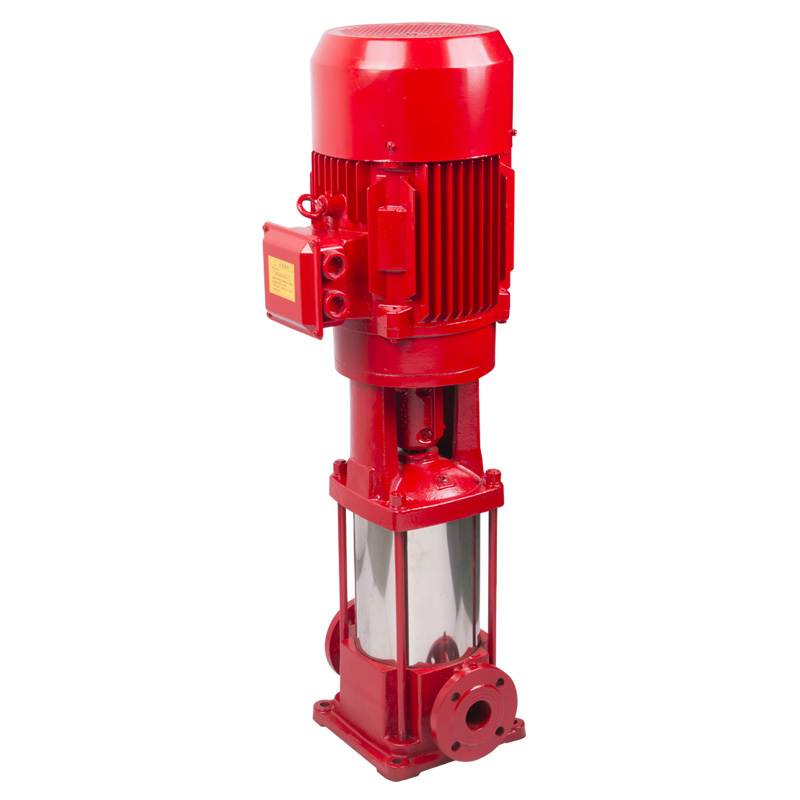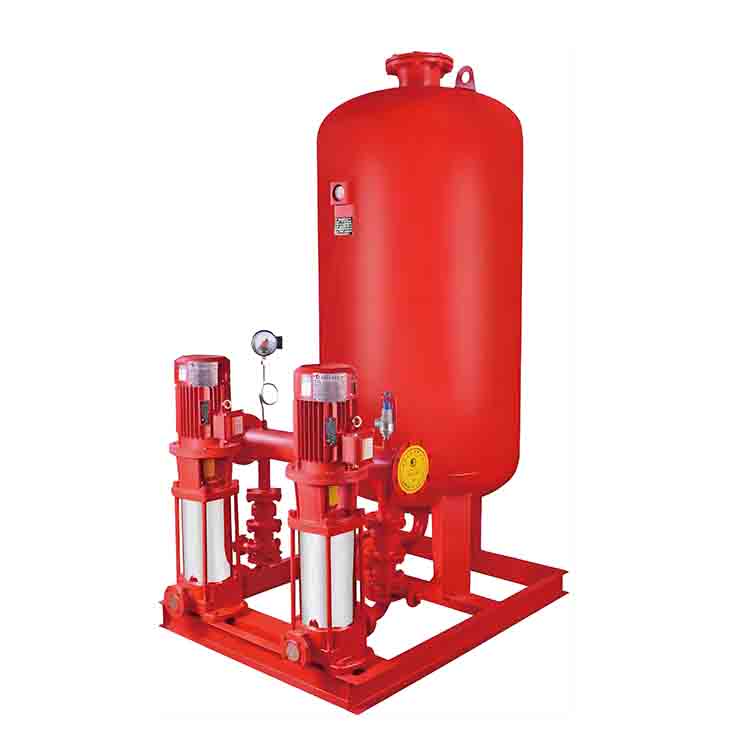Fire hydrant pump is a key equipment in the fire protection system that provides pressure and flow for fire hydrants. It is mainly used for fire hydrant extinguishing systems in fixed fire protection systems such as public institutions, engineering construction, and high-rise buildings. There are many structural forms of fire hydrants, including vertical single-stage, vertical multi-stage, horizontal multi-stage, and horizontal single-stage, to meet the needs of different users. The fire hydrant pump has the characteristics of compact structure, small volume, beautiful appearance, and small installation area. The impeller is directly installed on the motor shaft to ensure the concentricity of the pump, enhance the stability and service life of operation. The shaft seal adopts mechanical seal, which is easy to install and maintain. It can also be operated in series or parallel as needed, and the direction of the suction and discharge ports can be adjusted.
The fire hydrant pump is mainly composed of a motor and a pump body. The motor drives the pump shaft to rotate through a coupling, and the impeller on the pump shaft rotates accordingly. The impeller generates centrifugal force during rotation, causing the water at the center of the impeller to be thrown towards the outer edge of the impeller, forming a low-pressure zone. As a result, the water in the pool or tank enters the center of the impeller through the suction pipe under atmospheric pressure, and the water thrown towards the outer edge of the impeller gathers in the pump casing. Then, it is transported to the fire water supply network through a pressure pipe, providing sufficient pressure and flow for the fire hydrant to meet the water demand during firefighting.
Post time: Aug-20-2025





